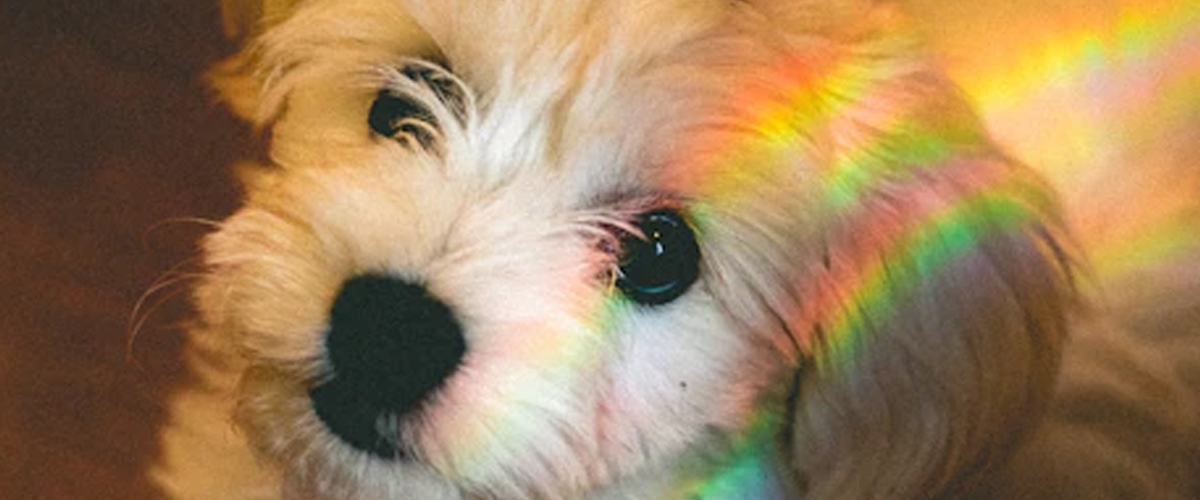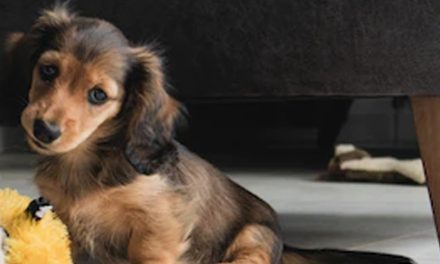When bringing a new puppy into your home, it’s easy to focus solely on the essentials: food, toys, and training. However, one crucial aspect that often gets overlooked is the environment you create for your furry friend.
Believe it or not, the colors and shapes present in your home can significantly influence your puppy’s behavior, mood, and overall well-being.
Understanding the psychology behind colors and shapes can help you curate a space that fosters a harmonious relationship between you and your new pet.
THE PSYCHOLOGY OF COLORS
Colors have a profound impact on emotions and behavior. Just as people have reactions to different colors, animals do too, albeit in their unique ways.
Here’s how some common colors can influence your puppy: –
Blue:
Often considered a calming color, blue can create a serene environment.
If your puppy tends to be hyperactive, incorporating softer blue tones in their bedding or in the surrounding decor may help promote relaxation. –
Yellow:
This bright, cheerful color can promote happiness and energy.
Adding yellow accents to your puppy’s toys or blanket can stimulate playfulness and encouragement. –
Red:
While red can evoke strong emotions, it can also be quite stimulating.
If you use this color in your home, be mindful of its intensity, as it may cause heightened excitement in your puppy. –
Green:
Associated with nature and tranquility, green can help create a balanced atmosphere.
This color can soothe anxious dogs and is great for shared spaces where your puppy spends time. –
Soft Neutrals:
Shades of beige, soft grays, and warm whites can create a cozy, inviting environment.
These colors don’t overwhelm the senses and support a calm but engaging atmosphere for your puppy.
Understanding how colors can evoke certain feelings can assist you in designing living spaces that promote desired behaviors in your puppy.
THE IMPACT OF SHAPES
Just as colors play a significant role, the shapes found in your environment can also influence your puppy’s behavior and activity levels.
Puppies are naturally curious animals, and the shapes they encounter can either encourage exploration or create anxiety. –
Curves vs. Angles:
Soft, rounded shapes are generally more inviting and less threatening for puppies.
Consider incorporating rounded furniture, like ottomans or cushioned chairs, in spaces where your puppy plays.
Sharp angles and hard lines can create an intimidating space, leading to stress or caution in your puppy. –
Open Spaces:
Puppies thrive in environments that allow freedom.
An open layout encourages exploration and play.
If your home has boxy furniture that creates tight paths, consider rearranging to promote movement and discovery. –
Practical Designs:
Use shapes that are functional for your puppy’s needs.
For example, choosing food and water bowls that are ergonomic and easy for them to reach, or selecting toys that are designed easily for their mouths can boost your puppy’s comfort and security.
CREATING THE IDEAL ENVIRONMENT
When designing your home for your new puppy, keep these principles in mind.
Choose colors that promote the mood you desire in your puppy—calmness, fun, or social behavior.
Remove any elements that may cause visual stress, such as overly busy patterns that may confuse or agitate your puppy.
Additionally, consider arranging your space to foster exploration and interaction.
Create a designated area where your puppy can feel secure—this might be a cozy bed surrounded by soft, neutral colors and gentle curves.
Finally, keep in mind that your puppy is continually learning from their surroundings.
The combination of colors and shapes creates a sensory environment that influences their development.
By thoughtfully designing your home with these factors in mind, you support your puppy’s emotional well-being, promote positive behaviors, and build a nurturing space where they can flourish.
Incorporating color and shape into your home isn’t just about aesthetics; it’s about creating an environment where your puppy feels safe and loved.
As you bring your puppy into your life, consider how these elements can support their growth and happiness.
Your home can become a sanctuary for both you and your furry companion, setting the stage for a joyful and fulfilling life together.








